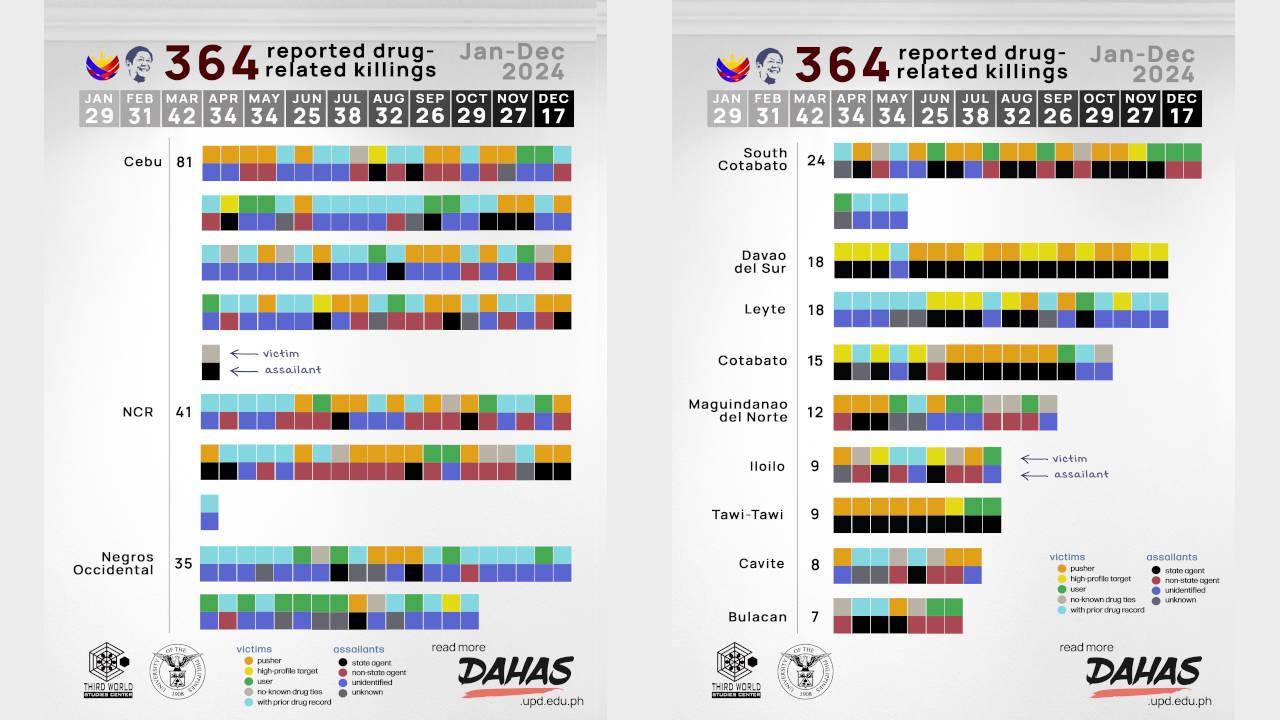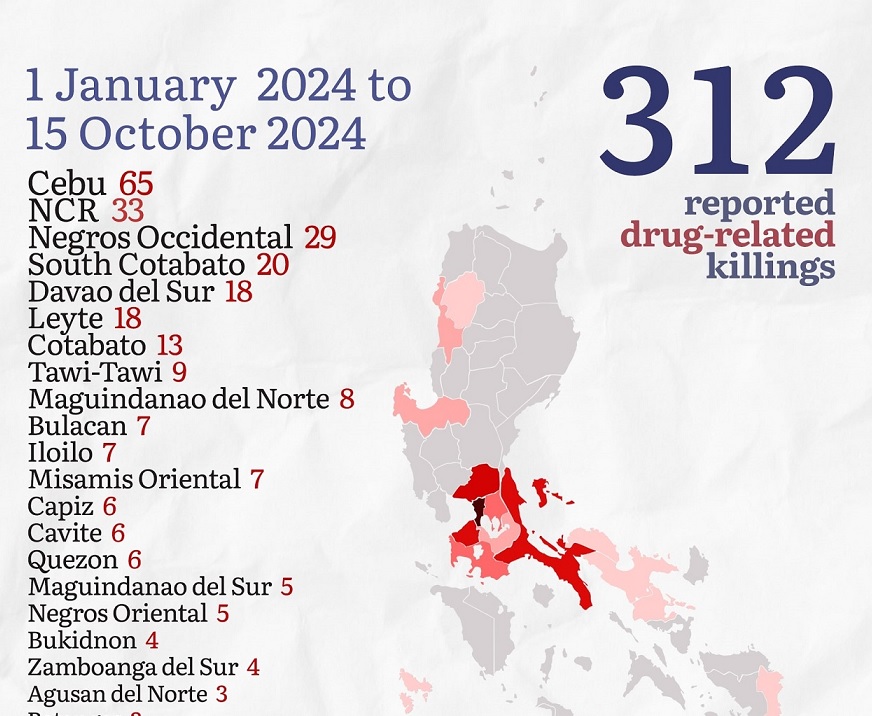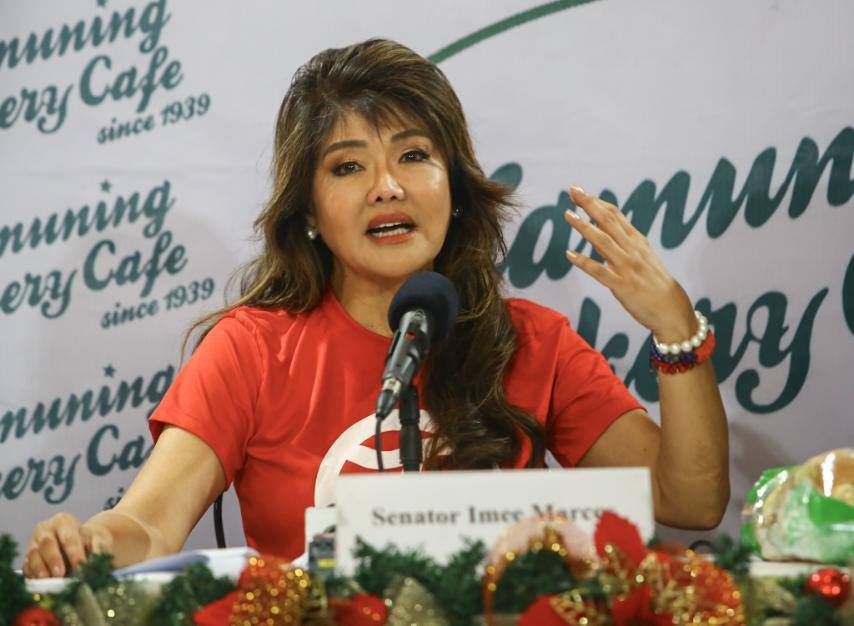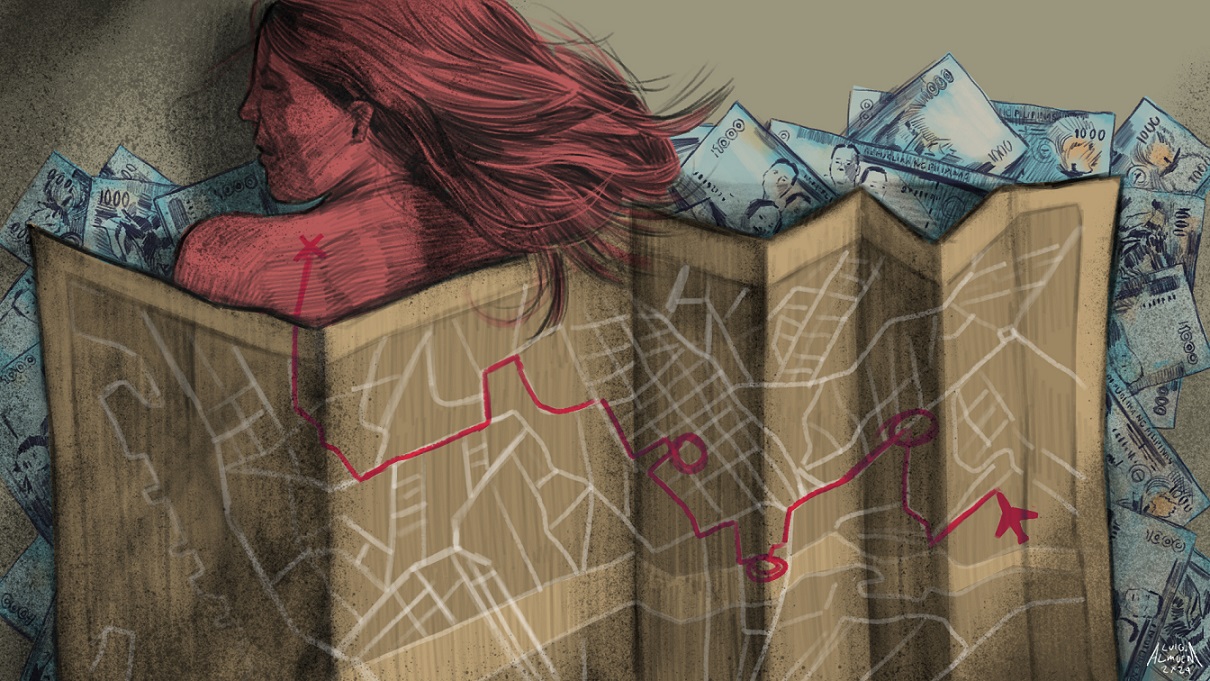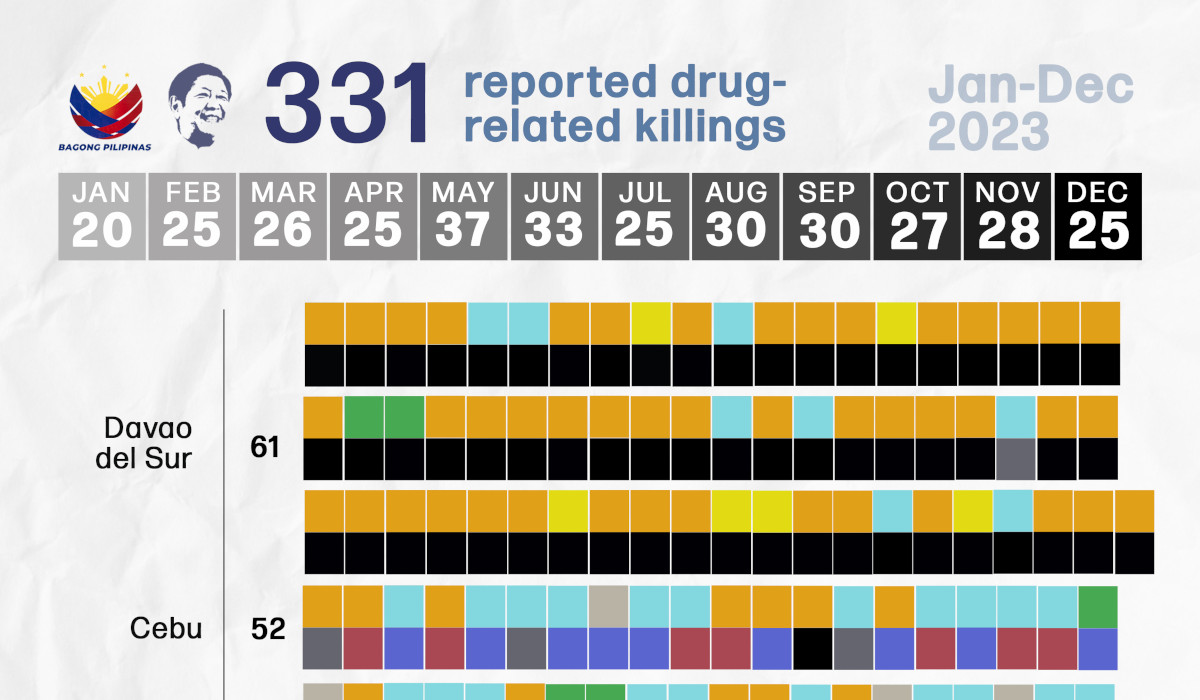Naniniwala Ba Si Cardinal David sa “Bloodless” Drug War ni Bongbong Marcos?
Hindi agad huminto ang patayan dahil lamang sa nagpalit ang administrasyon. Maaaring lingid sa kaalaman ni Cardinal David, pero ang pagtangan at pagsulong niya sa impormasyong ito ay pagpasakop sa bisa ng “bloodless” drug war propaganda ng administrasyong Marcos. Bagay na paulit-ulit na tinunggali, pinabulaanan, at tahasang nilantad na mali ng Dahas Project ng UP Third World Studies Center. Binubura ng “bloodless” drug war na propaganda ng administrasyong Marcos ang mismong mga pagpatay na gustong mabigyang-linaw at katarungan ng Cardinal.


